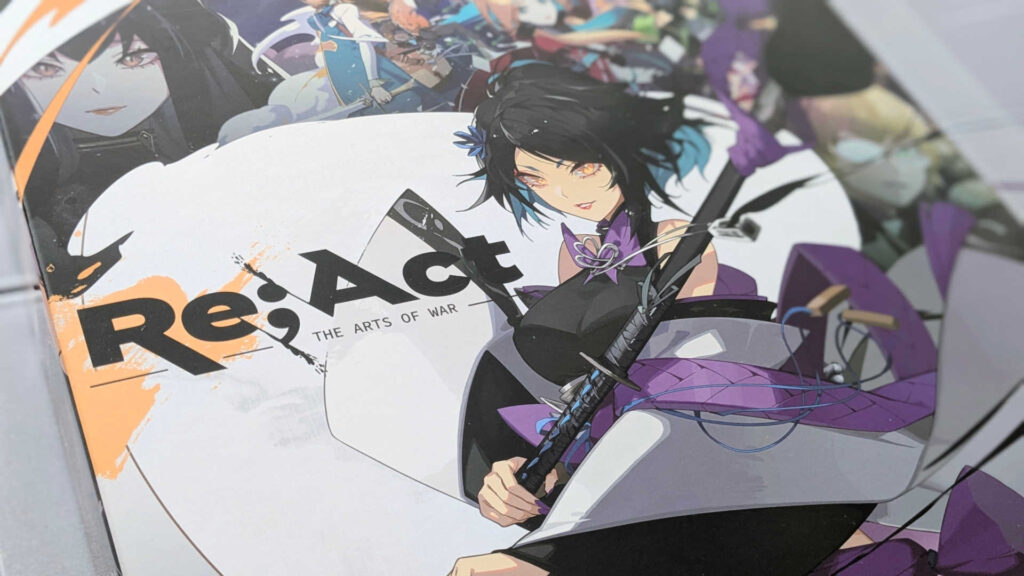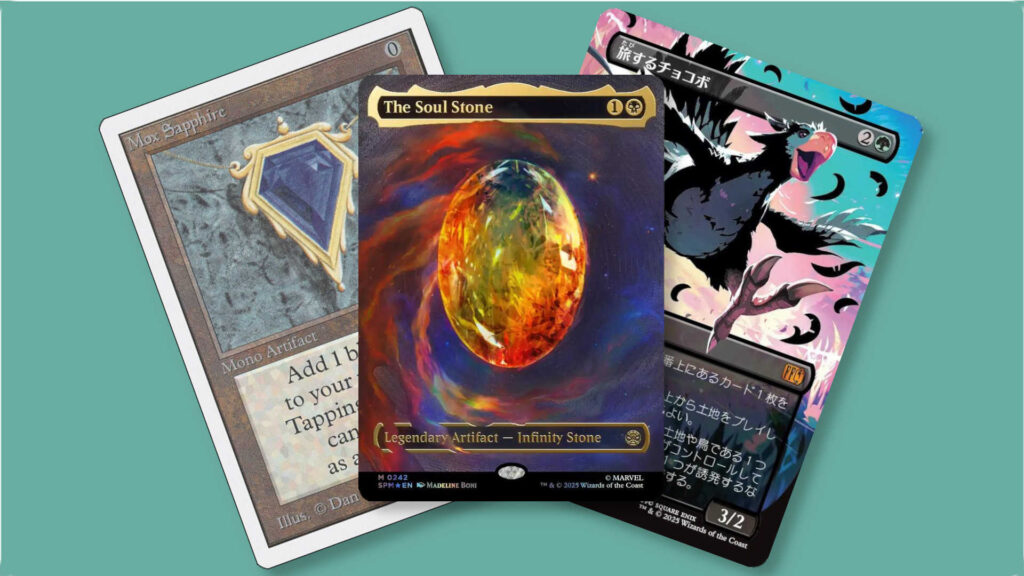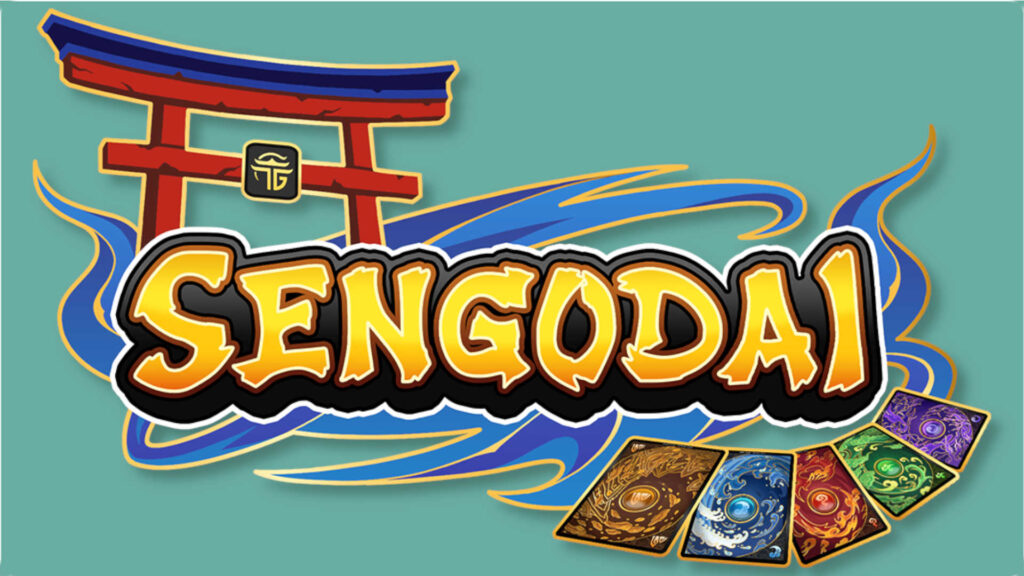It’s fair to say that Re;Act: The Arts of War doesn’t look much like a card game, and initially seems to almost be akin to a grid-based, tabletop-miniatures game. However, it’s heavily based around the unique decks that each character has access to, so it does have a very strong core based around clever card play. However, the real question is whether or not Re;Act is a fun game, so let’s find out!
Table of Contents
ToggleWhat Exactly Is Re;Act: The Arts of War?
A 1v1 combat game, Re;Act: The Arts of War sees two players facing off as Artists, using their magical powers to attack and outwit the other player. The winner is the first player who can deal 3 damage to their opponent.
Though that sounds standard enough, Re;Act has some serious tricks up its sleeve that make it feel entirely unique. For one thing, it’s a very asymmetric game, in that every single Artist character you can choose from has their own playstyle, generally their own deck (two, of the eight characters included in the game, don’t have a deck to draw from at all!), and even bonus support characters they can summon to the battlefield in some cases.
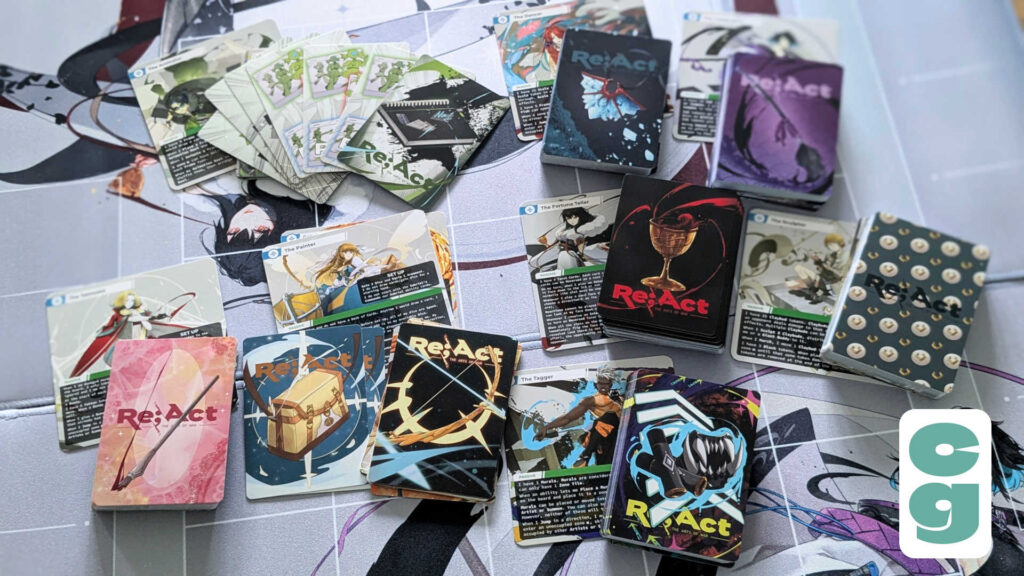
The overall aesthetic of Re;Act is seriously impressive too, with an anime-inspired visual style that really brings out the differences in each Artist, based on their specialty and style of play. Each Artist’s deck or special cards has their own card back too, again fitting their color scheme and personality, and this differentiation between characters gives the game a great deal of its charm and appeal.
How to Play Re;Act: The Arts of War
In Re;Act: The Arts of War, players will first choose their Artist from the selection of 8 on offer. Each of them has a reference card which gives a breakdown of how the Artist plays, a play style card with an FAQ and tips for your chosen character, as well as a reference card which, in a neat touch, you give to your opponent to let them know of your Artist’s play style, so they know what they’re up against!

Given that each Artist has their own set of cards and components (in the case of one Artist, they have a set of special dice instead of a deck, for example; these are shown above, along with the box and cards for The Dancer), it can be pretty overwhelming when first gathering each element of the game for every one. However, in one of the most thoughtful touches I’ve seen in a game of this nature, every Artist has their own separate box, which can hold their cards, their tiles and any other components, such as the aforementioned dice, thus making any setting up of the game (aside from the first time you do it!) an absolute breeze.
Though the game itself does have three separate boards (the Field board, where Artists move around and engage in battle, the React Chain board, on which the order of attacks and actions is determined, and the Masterpiece board, where players try and complete their Masterpiece card set), there are play mats available; it’ll be these play mats which you’ll see throughout this review in the images used.
Setting Up a Game of Re;Act: The Arts of War
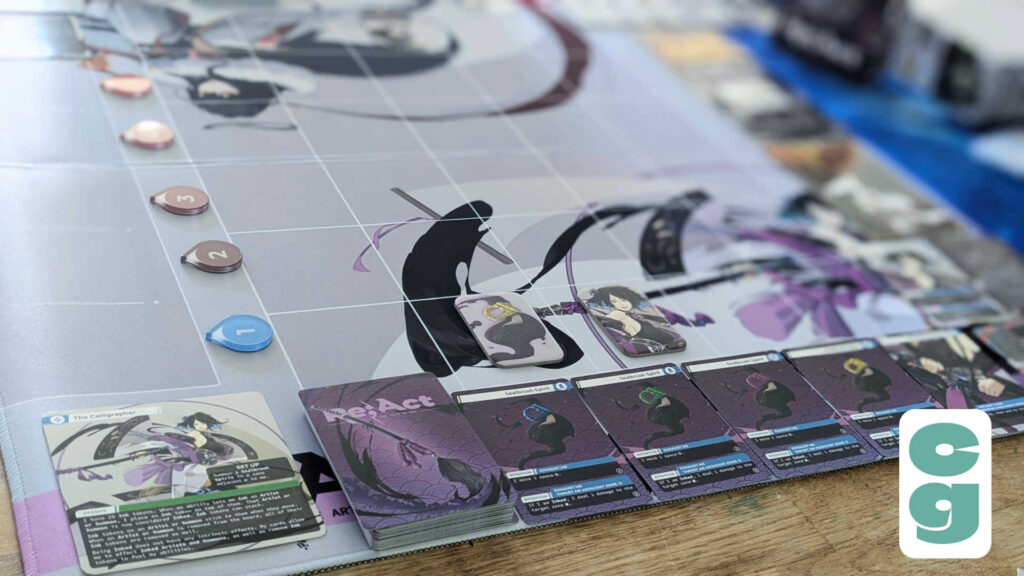
Setting up the game, once each player has chosen their Artist, consists of placing their unique, non-draw deck cards face up in front of them, then placing their Artist tile on the Field board (the starting space is marked by a star, as you can see in the image above). Their three Masterpiece cards are placed near, but not on, the Masterpiece board. Setup instructions unique to each Artist must also be carried out at this stage, and the 5 React Chain tokens must be placed in numerical order (the direction is unimportant as long as they’re ordered from 1-5) on the React Chain board.
Finally, players draw 4 cards from their Action card deck, if they have one, and play can begin.
The Turn Order of Re;Act: The Arts of War
A turn in Re;Act consists of four phases: the Masterpiece Phase (skipped for the first player’s first turn), the Draw Phase, the Main Phase and then the End Phase, where all Artists and Summons are refreshed and play passes to the other player to become the active, or ‘Turn’ player.
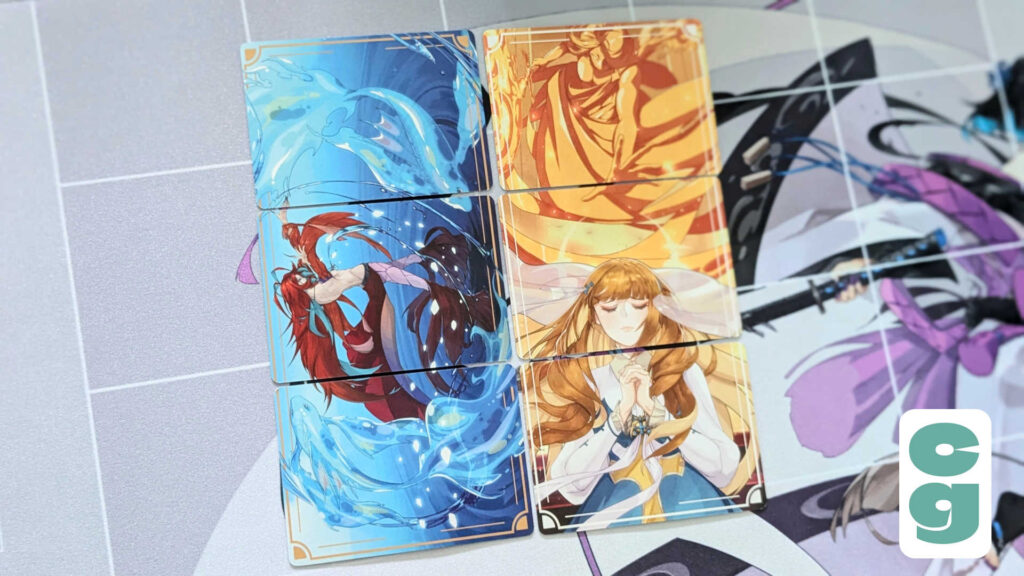
The Masterpiece Phase sees the Turn player perform one of three actions: they can play one of their three Masterpiece cards (examples of the Masterpiece cards belonging to The Dancer and The Painter are shown above) into an empty space on the Masterpiece board, which has five spaces. If there are no empty spaces, they can replace an opponent’s Masterpiece card with one of their own, or they have a third option if all three of their Masterpiece cards have already been placed: they may swap any two spaces on the Masterpiece board (either 2 cards or 1 card and 1 empty space). The Masterpiece, once completed in the right order, is removed from the Masterpiece zone, triggering a super move for the Artist; the Artist card is turned over as they ‘Ascend’, gaining powerful new abilities.
The Draw Phase is a much simpler affair; players both draw a card, regardless of who the Turn player is, though cannot draw if they are at their 6 card hand limit. if there are no cards to draw because a player’s deck is empty, they immediately lose the game.
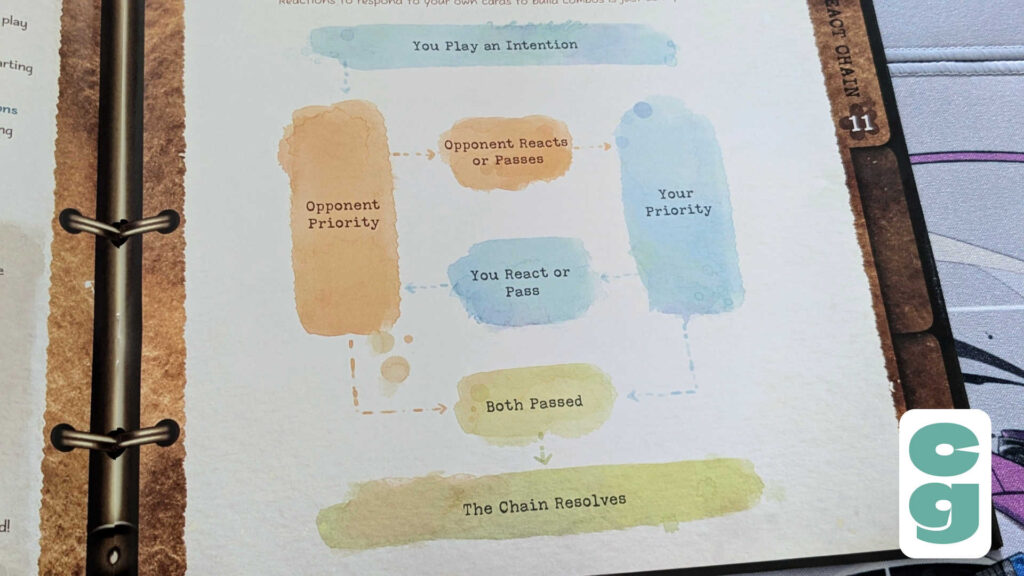
The Main Phase is where the real action happens, and is described in the Re;Act rules as the core of the game. Here, the Turn player will first play an Intention card to the React Chain in the number 1 position, ensuring any cost to play the card is paid immediately. Once an Intention is played, the other player can play a Reaction card, again paying its cost. The Turn player can play a Reaction in response and so on, until the 5 spaces of the React Chain are filled, or both players pass the option to play a Reaction card consecutively.
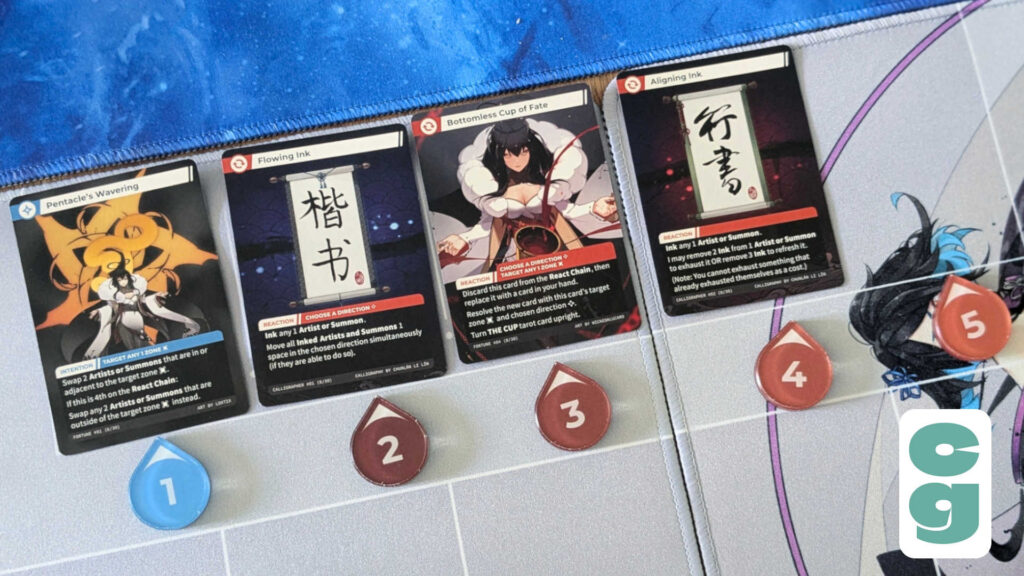
The React Chain then resolves in descending order, with space 5 (or the highest number with a card) first, all the way down to the Intention card in space 1. Moving and attacking Artists on the board, as well as other abilities and effects, will happen as the React Chain is completed.
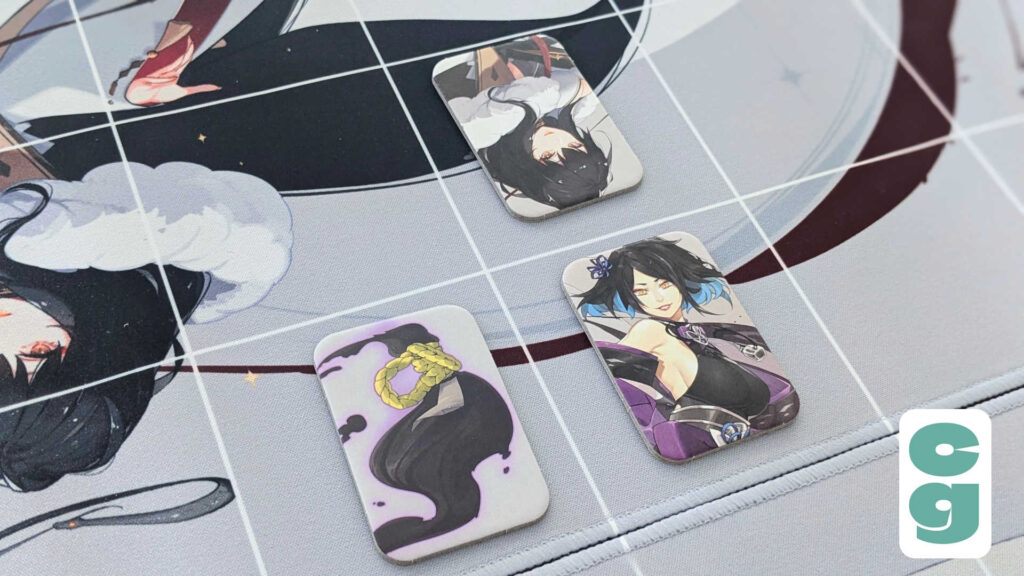
Once a React Chain is complete, the Turn player has the option of starting another, by playing an Intention card in space 1 of the React Chain board; if they decline to do so, or cannot, the Main Phase ends.
Finally, in the End Phase, if Artists and Summons were Exhausted to pay the cost of any cards in the Main Phase, they’re now refreshed.
Taking Damage and Ending the Game
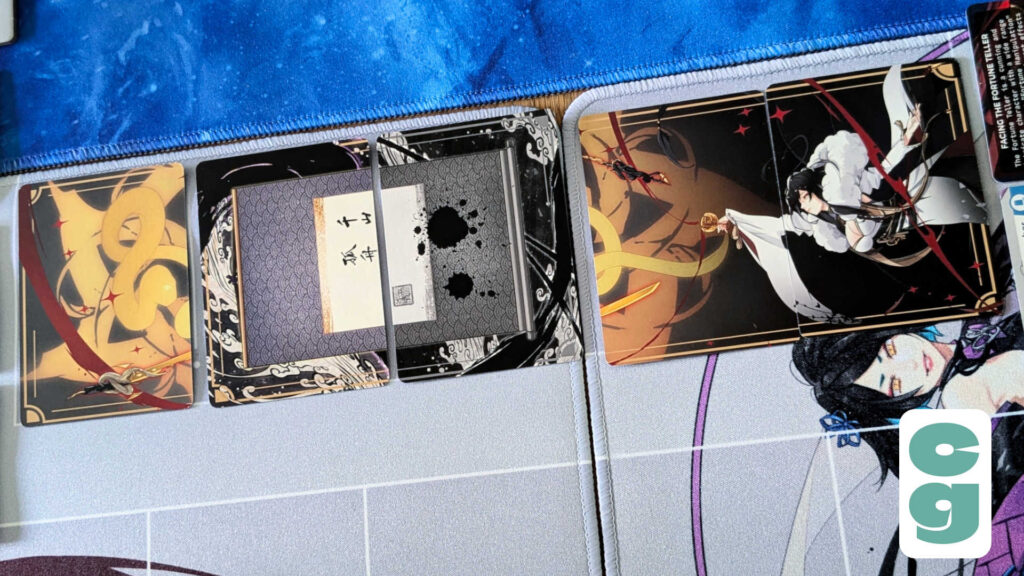
During the resolution of the Main Phase’s React Chain, or any other ability which causes an Artist to take damage, one of their Masterpiece cards is flipped to the black-and-white side to indicate the damage point they’ve taken. This has no gameplay effect, so won’t affect the Masterpiece phase, but instead just tracks the damage an Artist has taken. When an Artist has taken three damage, they lose the game, likewise if they cannot draw a card when required to.
Is Re;Act: The Arts of War Fun to Play?
As each Artist has a bespoke set of components and a vastly different play style from each other, Re;Act can initially be pretty daunting, particularly when first sorting each of the components into each Artist’s box. The rules and reference cards don’t quite do enough to distinguish, illustrate or list the different types of tokens or cards; though the Action deck does have the Artist’s name at the bottom, tokens and other cards can, at first, be difficult to identify by name.
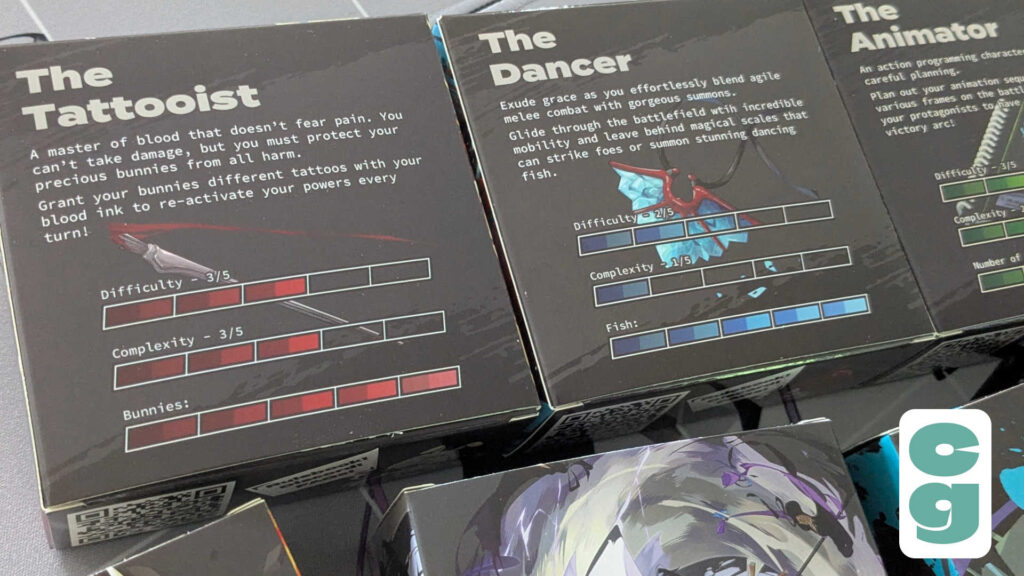
This is a passing issue, however, and once that initial hurdle is overcome, the game becomes much easier to get into. There is, of course, still a learning curve for each different Artist that you play with, but this is a much more enjoyable challenge, and learning how to best utilize the strengths and unique play styles of each Artist is really rewarding. Each Artist’s box has a summary of their character, as well as their complexity and difficulty (plus a humorous category which differs between Artists, as you can see above), which does at least ensure that absolute beginners aren’t attempting the most challenging characters to play with when they first play.
Despite the challenges of learning to play with each Artist, the actual gameplay of Re;Act: The Arts of War is very simple, and it’s a testament to the game’s asymmetrical nature that it can feel so different depending on both which Artist you’re using, and which one you’re playing against. Each deck, if your Artist even has one, only has a few different types of cards too, so once you understand the basics and have a few turns done with your Artist, it’s a pretty fast moving and enjoyable experience.
The Card Gamer Verdict
With the asymmetrical nature of the game, Re;act: The Arts of War can be a pretty overwhelming game to learn at first, even when trying to sort out each of the different types of components and cards for each Artist. This is exacerbated by a lack of visual clarity on which cards and tokens go into each Artist’s box. Despite this, Re;Act is an easy game to grasp and play once everything is where it needs to be, and helpful gameplay reference cards ensure that both players can be aware of what each Artist is capable of in every game they play.
Perhaps unsurprisingly in a game themed around different types of Artist, Re;Act, is an absolutely beautiful game, even in its standard edition. Each Artist doesn’t just play differently, but also has their own visual language which perfectly encapsulates their style and techniques.
The thoughtful design elements of Re;Act, as well as the rich individuality of each Artist, gives the game a great deal of replayability, and its Deluxe Edition components, which adds acrylic player tokens and markers, with play mats also available, can make it an even more aesthetically pleasing experience without sacrificing any functionality.


